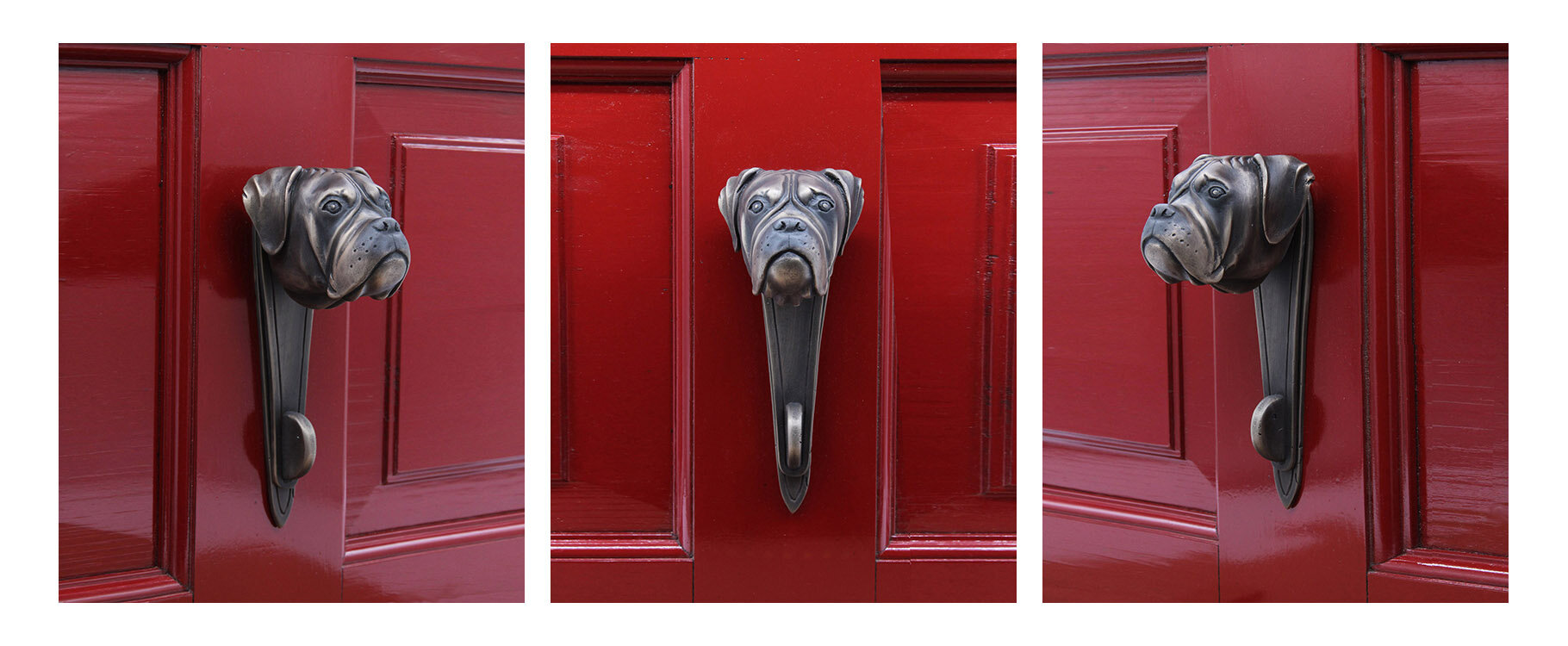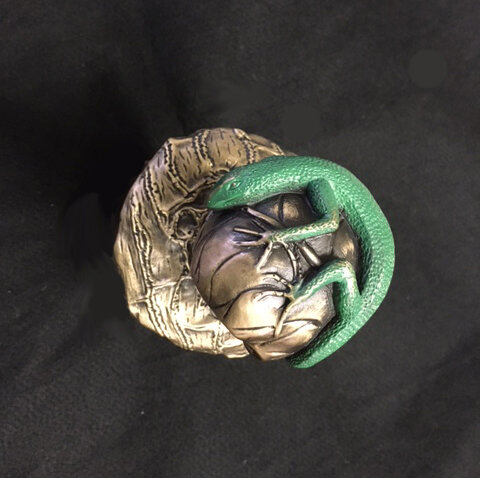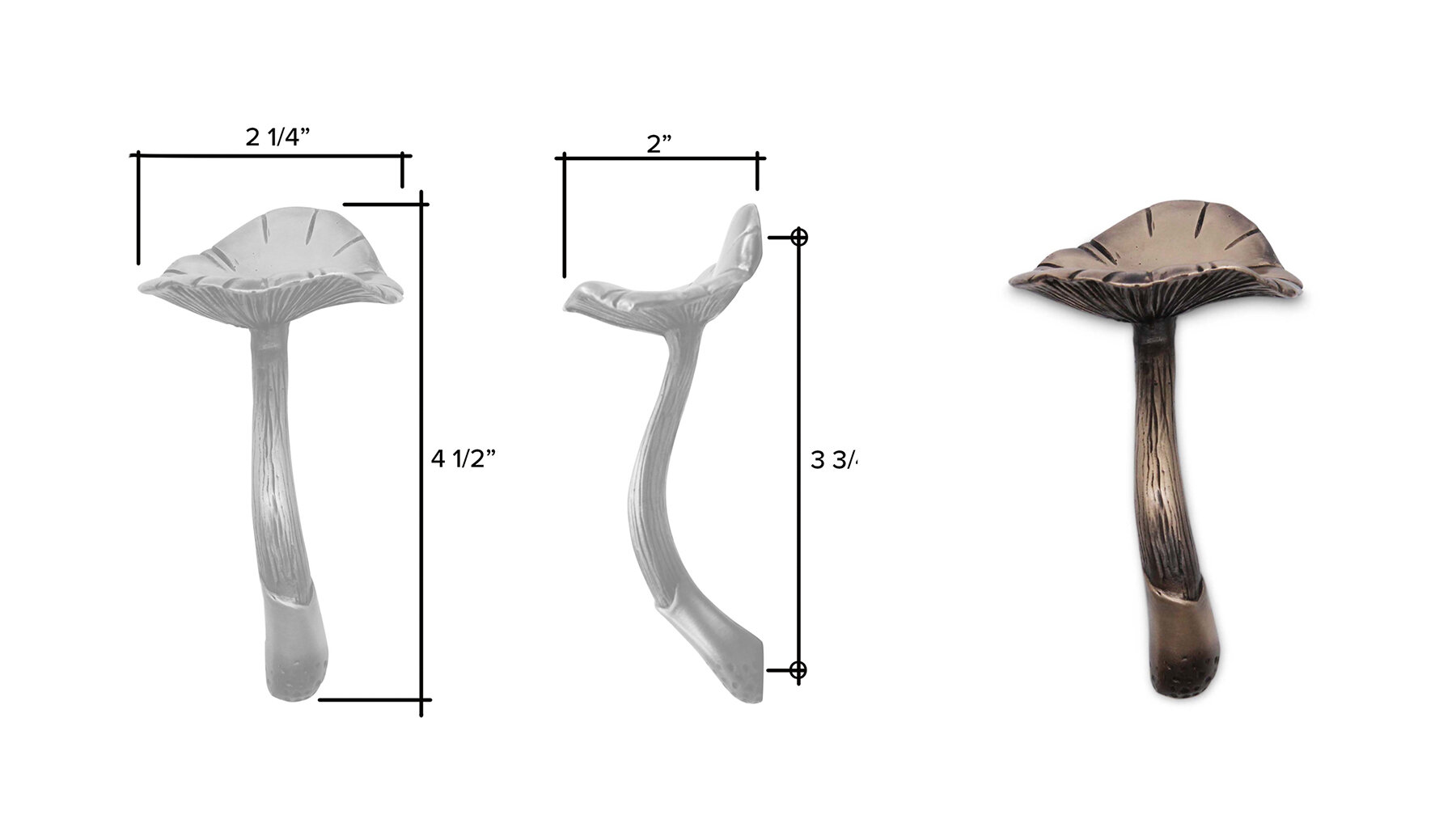In April 2020 we posted our sightings of the Black crested Red-whiskered Bulbul in our garden and this wonderful bird continues to flourish. To our delight this year flowers from our guava tree have been feeding a couple as they build a nest in a fellow birder neighbors tree. One of the few upsides to the pandemic was the time we and other neighbors compared sightings and notes on birds in our Hollywood Hills neighborhood and thanks to one neighbor we have now spotted the Scaly-breasted Munia. The Munia also known as the Spice Finch or Nutmeg Mannikin is a pretty chestnut colored bird with scale like breast feathers and is a gregarious one that tends to be seen in small groups. While we have not noticed this bird until now, it is a well-established non-indigenous species that thrives in sufficient numbers as to be counted on the California State Bird’s List.
As can be seen from the photos here, the Munia is more than happy to eat seeds from a bird feeder and the seed level drops significantly when the flock stop by.
When we replaced our water starved grass garden with drought resistant vegetation we were concerned that this would reduce the birds who frequent it but the contrary has proven true.
Our prolific honeysuckle and Kangaroo paw plant attracts countless Rufus and Anna Hummingbirds and the magnificent flower of our variegated Agaves attract yellow rumped warblers.
While not as striking in color, our feathered double headed bird door pull does possess drama and texture and is a central piece in our cabinet hardware collection.
















































